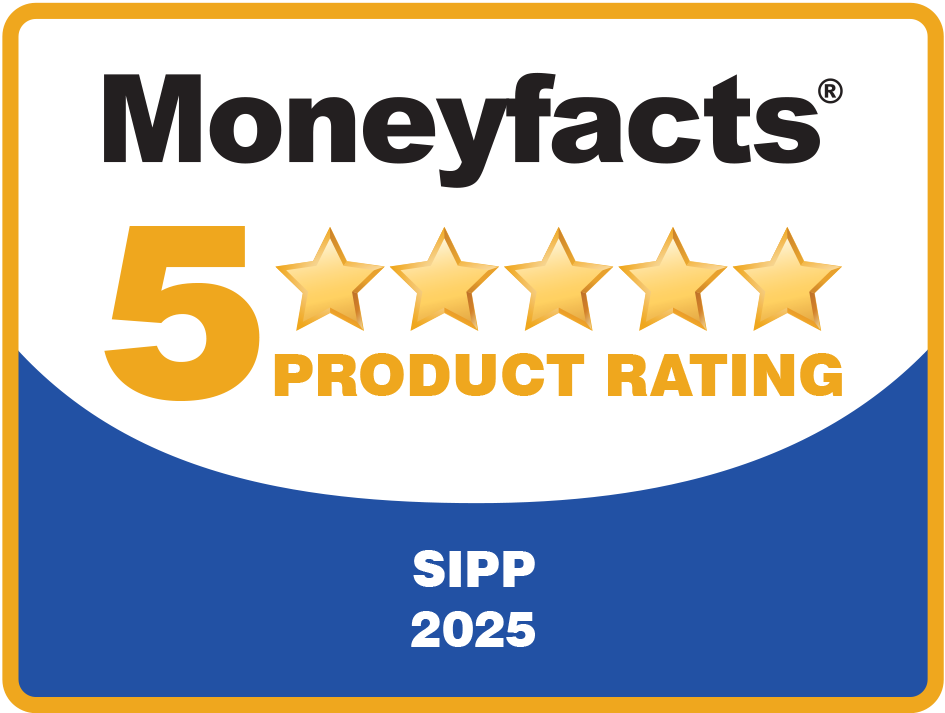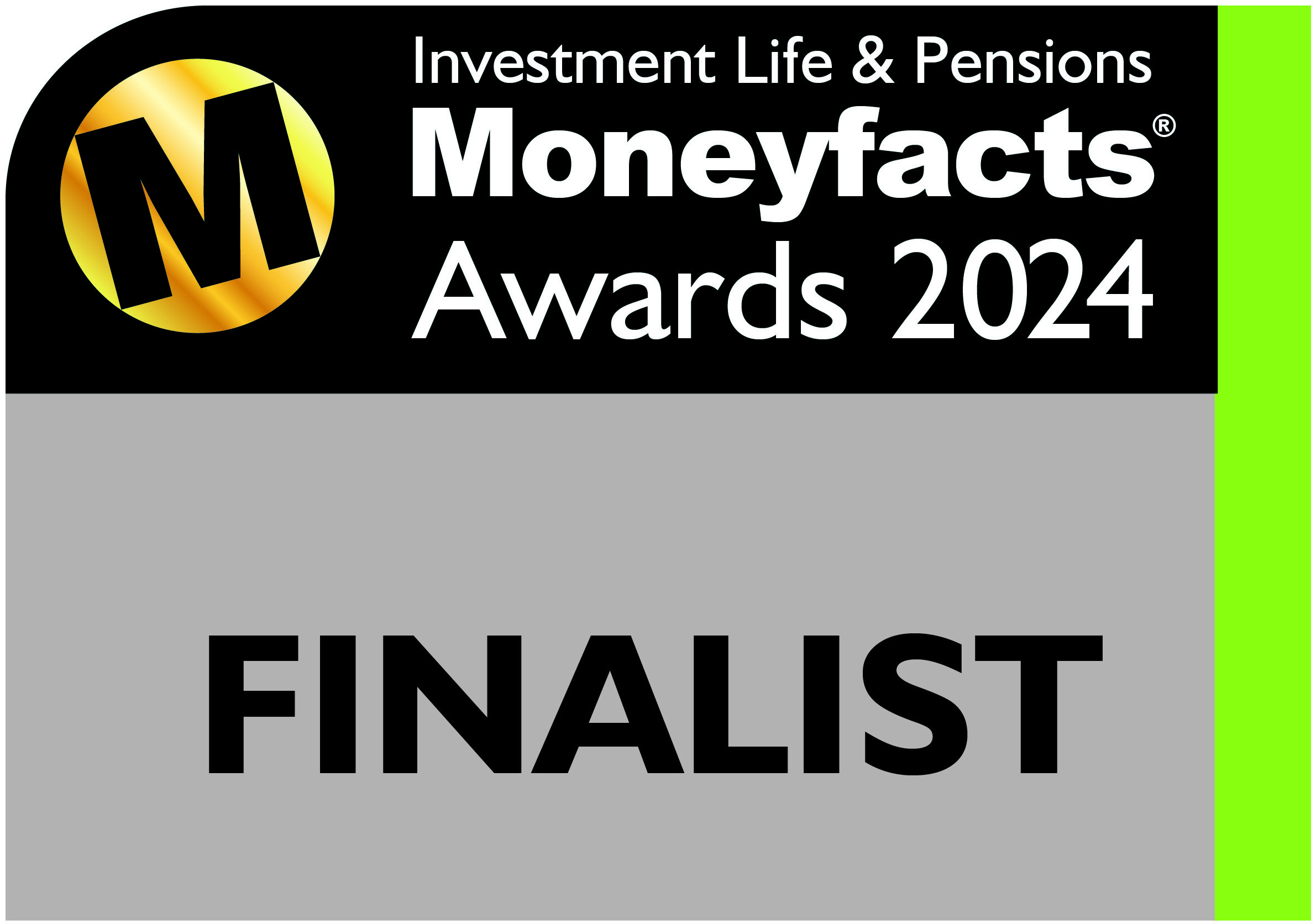5 times a SIPP might not be the right choice for a property purchase
If you’re a regular follower of our content, you will know that IPM are specialists in the area of commercial property purchase within SIPPs.
Our dedicated property team look after over 1,200 properties on behalf of our clients. We often talk about scenarios where property can help clients and their businesses (for example, with Covid-19 cash flow), as well forming part of succession planning for family-run businesses (how to pass on wealth).
We appreciate that, for many clients, purchasing a physical property within a SIPP is not something that will appeal or be appropriate.
However, there are also occasions for clients who are more motivated for this type of investment where a property purchase via a SIPP may not be the most suitable course of action.
It’s easy to forget that it is the SIPP provider who will own the property on a client’s behalf. Indeed, this can sometimes be a sticking point for clients when their own business occupies the premises.
While we have spoken many times about the advantages of buying property through a tax-efficient wrapper such as a SIPP, in exchange for this tax efficiency it is the SIPP provider’s responsibility to ensure that the property is bought and administered in line with HMRC guidelines.
So, here are five occasions where a SIPP may not be the most appropriate choice of vehicle for a property purchase.
1. Where it’s hard to meet HMRC guidelines
As mentioned above, the attractiveness of the tax efficiency of a SIPP is balanced with the need to ensure that the SIPP is administered in accordance with HMRC guidelines.
Notice we refer to “guidelines” and not “rules”, as each individual SIPP provider can interpret HMRC’s guidelines.
At IPM, we will be as flexible as we can so long as we:
- Can ensure the smooth administration of the SIPP
- Do not fall foul of these guidelines.
We are not afraid to say no where it is in the best interests of the pension scheme, even where this may conflict with the client or their business.
There are two examples of HMRC guidelines that clients should consider.
Maximum borrowing limit
Many of you will know that a SIPP can borrow 50% of the net scheme assets to assist with a purchase (this is a complicated way of saying “up to 50% of the SIPP value”).
Note that this limit has no relation to the asset, which the borrowing is being used for. A bank may often lend on a higher loan-to-value percentage basis than 50%; however, this is the maximum that the SIPP will be limited to.
Connected transactions
Selling a property to a SIPP a client may own personally or via their business can be great financial planning.
Similarly, where a client’s business is the tenant of the SIPP’s property and paying rent into the pension fund, this can have a range of benefits.
However, for all connected transactions, HMRC insist that these are done at market value. This means that the SIPP can only pay for the property whatever the value is determined by a RICS surveyor, and the rent is set by whatever the valuation states.
2. Where a client needs liquidity for taking benefits
Despite the opportunities available for utilising SIPPs with commercial property, remember that the primary aim of any SIPP is to provide pension benefits.
If a client’s SIPP is mainly made up of a property, liquidity could become an issue. It is not as easy to sell 25% of a commercial property to generate the cash to pay a pension commencement lump sum (PCLS) as it is to sell 25% of an investment portfolio, for example.
So, you need to consider when the client is intending to draw benefits and what impact this will have on the cashflow of the SIPP.
If a client in their mid-60s is looking to take their PCLS before their 75th birthday, but the only asset of the SIPP will be the property, perhaps the SIPP route would not be the best option for them.
Even if a client is willing to sell all or part of the property to raise the liquidity, the costs of purchase, Stamp Duty and sale could put into question the benefits of involving the SIPP in the first place.
3. Where there needs to be significant work done to a property
We are often involved in building work on the properties we own within the scheme. This might be a complete re-build or adding in a mezzanine floor to a property.
The point to remember here is that, as it is the SIPP that owns the commercial property, it is the SIPP that will need to pay for any significant work on the property.
If work on a property results in an increase in the property’s value, this will have an impact on the value of the client’s SIPP.
Were someone else (the client personally or their business) to pay for this, HMRC could consider this to be increasing the value of the SIPP via the back door. It’s not the usual means of paying contributions, which are limited by annual allowances.
Therefore, if work is required on the property, this will need to be taken into consideration in the SIPP’s cash flow. Can the SIPP afford to pay for the property, the associated costs, and all the work?
Furthermore, as a trustee, spending the SIPP’s money on the property works is seen by us as an investment. Therefore, we need to ensure that the money being spent is done sensibly.
Consequently, we would need to know what is being spent, on what, and what the value of the property will be once the work has been completed. As a trustee, we would not be able to agree to works of £50,000, for example, if the value of the property is only to increase by, say, £30,000.
The lease put in place by the SIPP will be on a fully repairing basis, so more minor works can be carried out by a tenant.
4. If it’s a residential property
Rule number one for SIPPs and property is this: anything with a residential element should come with a warning.
HMRC impose tax charges starting at 40% where a SIPP owns residential property. In HMRC guidelines, which remember are open to interpretation, the definition of “residential” is not always clear and so this can cause some confusion.
From IPM’s perspective, we will not entertain anything that is clearly residential. This rules out Airbnbs, buy-to-let, second homes and so on. But there are times where residential property and SIPPs come together and there are times where the SIPP can still be an option.
The most common scenario is where the SIPP is asked to purchase a property such as a shop that has residential flat above it. While the SIPP cannot own the flat, the title can be split so that the SIPP owns the long-term leasehold interest in the shop downstairs, while the freehold, including the residential property, is owned by a third party (perhaps by the client personally).
HMRC does have clear guidance on care homes and caretaker’s flats, which can be owned by a SIPP without incurring tax charges. However, these need to be considered carefully on an individual basis.
5. If it’s overseas property
There is nothing in HMRC guidance that prevents the purchase of overseas property.
Indeed, we tried it once! A client asked us to purchase a Portuguese warehouse within a SIPP. It quickly became apparent that:
- No-one at IPM spoke Portuguese
- No-one at the vendor’s end spoke English
- The Portuguese solicitors were unfamiliar with UK trust law and how the property would be owned upon completion
- The property manager was unfamiliar with the requirements that we would place upon them to satisfy HMRC.
Needless to say, we could not complete on the transaction and have not tried one since.
So, even though it is technically possible to purchase an overseas commercial property in a SIPP, it does not mean that this is something you would want to do!
Get in touch
If you want to have a chat about the potential of SIPPs for your clients, or any other aspects of pension planning, please contact us. Email info@ipm-pensions.co.uk or call 01438 747 151.



